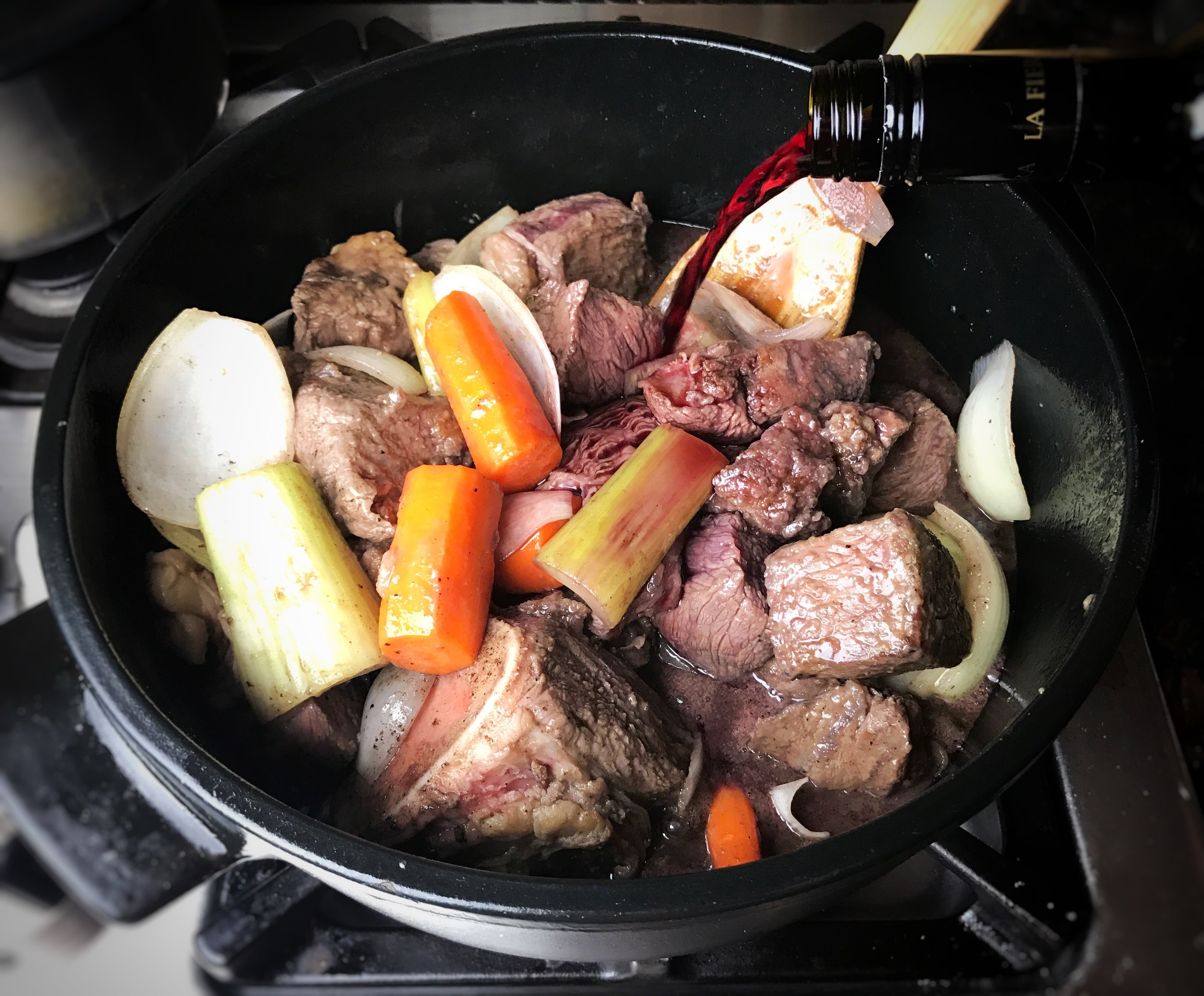When spring rolls around – and even before – I start craving asparagus. And strawberries. And English peas.
Unless you live near a farm, grow them in your garden or have access to a great farmers market – and depending on where in the world you live – finding sweet, tender English peas can be a real challenge. If you're lucky enough to find English peas at a supermarket, they're likely to be hard and woody, or if they're still small and tender, they'll likely have lost their sweetness.
The solution? Frozen peas. That's right – they're actually really good, especially if you pick up the tiny ones sometimes called petits pois. I usually have a bag or two in my freezer – even in springtime, when we're all focused on what's fresh.
And nowhere do they show better than in this wonderful soup, based on traditional French potage Saint Germain.
It's the easiest thing in the world to whip up. Wilt a head of soft Boston or Bibb lettuce in butter. (Hey, this is like a salad within a soup!) Add a couple bags of frozen peas, stir and cook 10 minutes. Add water, and a few fresh mint leaves and simmer for 20 minutes. Whirr it up with a stick blender, et voilà. Garnish it with a dab of crème frâiche. Or not. That's it!!!
It's vegetarian. And it's a knockout. Serve it to your friends, swearing you shelled 9,000 English peas for their pleasure.
Or tell the truth. And get ready to hand over the recipe.






















